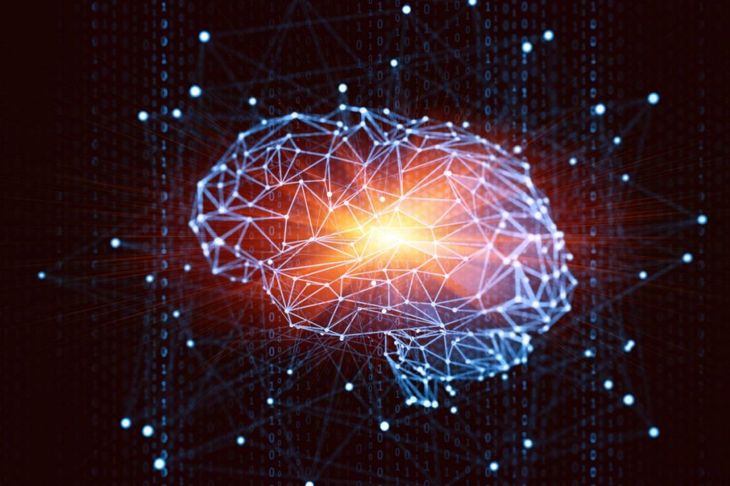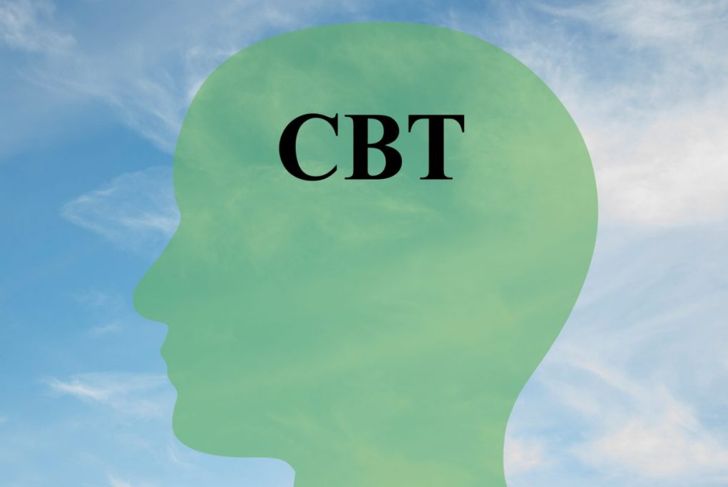The term hysteria is often used to describe a person who has excessive or out of control emotions and behavior. Although nowadays it is not medically recognized, in the past, it was a common medical diagnosis. The American Psychological Association (APA) now categorizes what was previously known as hysteria as somatic symptom disorder (SSD) or conversion disorder (CD), depending on the symptoms. SSD is characterized by an exaggerated emotional response to physical symptoms. CDis mental distress that causes physical symptoms.
History of hysteria
Hysteria dates back as far as ancient Egypt. By the 16th and 17th centuries, people believed hysteria occurred as a result of retention of fluid in the uterus, sexual deprivation, or the uterus wandering around the body causing irritability. Therefore, of course, only women could develop hysteria. The recommended treatment was marriage and frequent sexual encounters with one’s husband. By the late 1800s, hysteria was recognized as a psychological disorder. French neurologist Jean-Martin Charcot used hypnosis to treat patients — still exclusively women — with hysteria. Austrian psychoanalyst Sigmund Freud studied with Charcot, and his experience observing hysteria led to the development of psychoanalytic therapy.
Causes of somatic symptom disorder (SSD)
There is no specific, known cause of SSD (formerly hysteria). But various factors may be involved, including genetics, environmental factors, a tendency toward negativity, and problems processing emotions. People who have experienced physical or sexual abuse are more likely to have SSD, for instance, but not everyone who has the condition has a history of abuse.
Symptoms of SSD
Symptoms of SSD may include specific sensations such as pain or shortness of breath, or more generalized symptoms, such as fatigue. Upon diagnosis, a medical condition for the symptoms is not evident, but they may be as a result of a medical condition. Individuals may present one or more symptoms of varying severity. The way in which people feel and behave in response to the physical sensations (however severe) is the cause of most symptoms.
How people with SSD feel and behave
People who have SSD may respond in a variety of ways to the physical sensations they are feeling. Some may feel extremely anxious about their symptoms or become concerned that mild symptoms are due to a serious disease. Others feel doctors do not take their symptoms seriously or have not treated them well. Another common experience is difficulty functioning day-to-day due to thoughts, feelings, and behaviors related to symptoms.
Diagnosis and treatment of SSD
To receive an accurate diagnosis of SSD, individuals require a full physical examination. The doctor may run tests to find — or rule out — a physical cause. A referral to a mental health specialist can result in further testing. Once there is a diagnosis, the patient and doctor can determine treatment plans. One of the most important factors in successful treatment is a supportive relationship with the care provider. Cognitive behavioral therapy (CBT) is a common method of treatment that involves various techniques such as discussing feelings and behaviors to find ways to reduce anxiety.
Risk factors and prevention for SSD
Some risk factors can make a person more likely to develop SSD, including existing anxiety or depression, experiencing trauma, violence or stressful life events. Very little is known about the ways to prevent SSD, but methods include learning to recognize stress triggers any symptoms and awareness of heightened anxiety or depression.
Causes of conversion disorder (CD)
Causes of CD are relatively unknown, but often symptoms will commence after a stressful event or extreme emotional or physical trauma. For example, a soldier who faced traumatic events while deployed overseas may develop paralysis in their hands. This physical symptom is the body’s way of deferring the stress and mental pain of the experience.
Symptoms of conversion disorder
The symptoms of CD differ in type and severity from person to person but may include
- Paralysis (usually in an arm or leg)
- Issues with balance
- Tremors
- Weakness in arms or legs
- Numbness in arms or legs
- Problems with vision (such as blindness or double vision)
- Slurred speech or inability to speak
Individuals may experience symptoms only once, or repeatedly when one recalls the stressor; they tend to occur very quickly after the onset of the stressor.
Diagnosis and treatment of conversion disorder
There are no specific tests to diagnose CD, but some may help rule out other medical conditions causing the symptoms. Criteria that leads to a diagnosis of CD include uncontrollable body movements or sensory symptoms, an onset of symptoms directly after a stressful event, symptoms lacking medical or physical explanation, and symptoms that have a negative impact on daily life. Treatment options include addressing underlying mental health conditions, CBT, and psychotherapy.
Risk factors for CD
Risk factors that make people more susceptible to developing CD include recent emotional or physical trauma and recent significant stress. In addition, having a neurological disorder, a mental health condition, a history of abuse or neglect, or a family history of functional neurological disorders can increase risk. A lot of research into conditions such as SSD and CD is currently underway, and the good news is most individuals will not be written off as “having hysteria” in the future.

 Home
Home Health
Health Diet & Nutrition
Diet & Nutrition Living Well
Living Well More
More




















